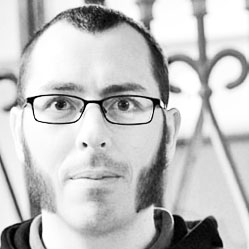I’ve been poking around a lot of architects’ web sites lately and I’m thoroughly surprised at how bad they are. It seems almost without fail that they are either blowing my browser window up full size, asking me to read light grey 9px text, overflowing with obfuscatory flashterbation, teasing me with custom designed scrollbars that don’t behave as you’d expect, or asking me to evaluate their work based on postage stamp sized photographs. It really feels like 1998. I see I’m not alone in this observation.
Architects have so much to gain from the web. Big huge photographs of their work, clear statements of who they are and what they believe in, easily linkable and sharable portfolio pages, daily links of interest.
As it stands today, if you want to show someone an interesting piece of work you usually have to give them a step-by-step guide on how to get there: First go to the home page, wait for the countdown timer to expire, then hover over the logo, then grab a magnifying glass, then squint, then click the 4th tiny icon on the left (I can’t really tell what it is), then use that custom scrollbar that looks like an elevator, then take a screenshot, then pull that screenshot into Photoshop, then zoom in about 8 times so it’s all nice and big on your screen, then take about 10 steps back from your computer, then look.
I’m only half kidding.
Come on, architects, get with it! Anyone got any links to a great architect’s site that bucks this trend?












